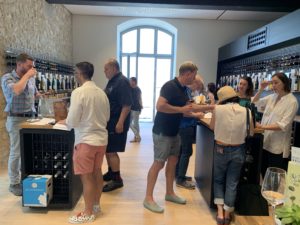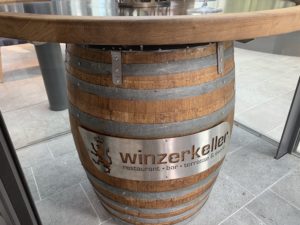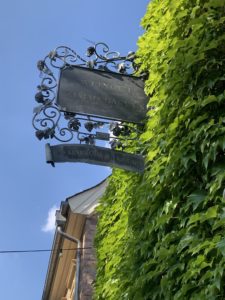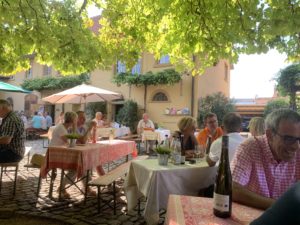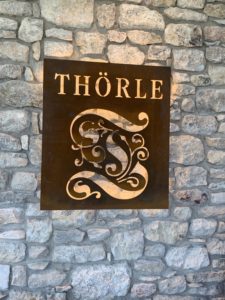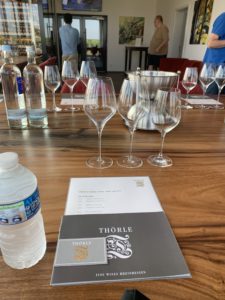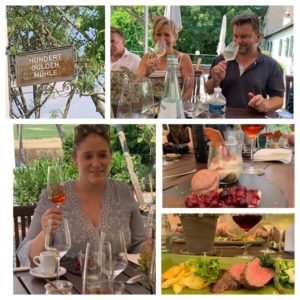To help you plan for 2020, I created a list that you can bookmark. The list, which isn’t exhaustive, is comprised of important national or global wine and spirit days (dates may be subject to change). In any event, this is a great starting point to assist you in planning fun and engaging posts on Facebook, Instagram, Twitter, and other social platforms. Let me know if I missed any.
January
January 17, 2020 – National Hot Buttered Rum Day (USA)
February
February 18, 2020 – Global Drink Wine Day
February 22, 2020 – National Margarita Day(USA)
February 29, 2020 – Open That Bottle Night
March
March 3, 2020 – Mulled Wine Day
March 3, 2020 – Irish Whiskey Day
March 3, 2020 – National Moscow Mule Day (USA)
March 5, 2020 – Absinthe Day
April
April 17, 2020 – Malbec World Day
May
May 1 – 31, 2020 – Oregon Wine Month
May 1, 2020 – International Sauvignon Blanc Day
May 9, 2020 – World Moscato Day
May 16, 2020 – World Whisky Day
May 21, 2020 – International Chardonnay Day
May 25, 2020 – National Wine Day (USA)
May 30, 2020 – National Mint Julep Day (USA)
June
June 2020 – Negroni Week (UK TBD)
June 4, 2020 – Cognac Day
June 13, 2020 – World Gin Day
June 19, 2020 – National Martini Day
June 21, 2020 – Lambrusco Day
June 26, 2020 – International Rosé Day
June 2020 – National Prosecco Week (USA TBD)
July
July 2, 2020 – National Anisette Day (USA)
July 10, 2020 – National Piña Colada Day (USA)
July 11, 2020 – National Mojito Day (USA)
July 19, 2020 – National Daiquiri Day (USA)
July 24, 2020 – National Tequila Day (USA)
July 27, 2020 – National Scotch Day (USA)
August
August 1-5, 2020 – International Albariño Days
August 4, 2020 – National White Wine Day (USA)
August 13, 2020 – National Prosecco Day 9USA)
August 18, 2020 – International Pinot Noir Day
August 28, 2020 – National Red Wine Day (USA)
September
September 3, 2020 – International Cabernet Sauvignon Day
September 18, 2020 – International Grenache Day
October
October 4, 2020 – National Vodka Day (USA)
October 10, 2020 – International Pinotage Day
October 16, 2020 – Global Champagne Day
November
November 1, 2020 – International Xinomavro Day
November 7, 2020 – International Merlot Day
November 9, 2020 – International Tempranillo Day
November 18, 2020 – National Zinfandel Day
November 19, 2020 – Beaujolais Nouveau Day
November 24, 2020 – Carménère Day
December
December 4, 2020 – Cabernet Franc Day
December 20, 2020 – Sangria Day
Liz Palmer



![Exploring the Diversity of the Rheinhessen Wine Region [Part 2 of 3]](https://www.liz-palmer.com/wp-content/uploads/2019/12/IMG_5432-1200x900.jpeg)
